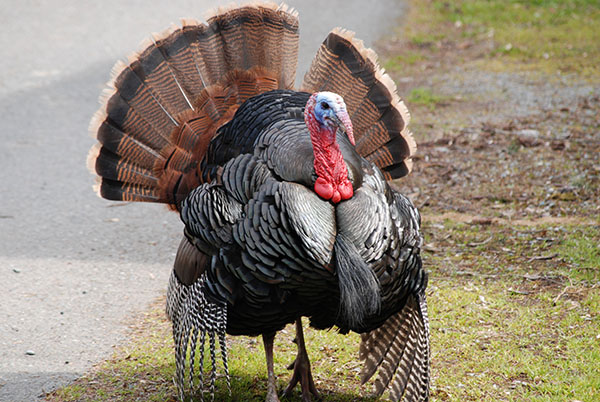Thanksgiving Day is the quintessential American holiday celebrated on the fourth Thursday in November in the U.S.
The first Thanksgiving was celebrated to give thanks to God in 1621 when the English colonists and native Wampanoag Indians, or native people of North America, ate together during the harvest celebration.
Giving Thanks: Wampanoag Traditions
According to Nancy Eldredge, Educator and Nauset Wampanoag in Giving Thanks, the American custom of thanksgiving did not begin with the arrival of the European colonists but giving thanks for the Creator’s gifts is an integral part of Wampanoag daily life.
The Wampanoag — meaning Eastern people or people of the first light — knew of certain times to pick fruits and vegetables, to hunt and fish, and to pluck medicines from plants. They didn’t take the Creator’s gifts for granted but always appreciated and thanked them.
English Colonists at Plymouth and Thanksgiving History
Sometime between September 21 and November 9, the native Wampanoag people always celebrated the time of harvest which lasted at least three days in the town English people called Plymouth – which was in the middle of the Wampanoag homeland. The Wampanoag were aware of the richness and abundance of foods found in nature, especially during the autumn months.
As the English colonists at Plymouth came through an arduous first year, the success of their first harvest was a reason to celebrate. The governor of Plymouth Plantation, William Bradford sent four men out to hunt for wildfowl for a harvest celebration. At some point during the celebration, Massasoit, or an important leader of the Wampanoag people, and ninety Native men, joined the English for three days of entertainment, feasting and diplomacy.
Sarah Josepha Buell Hale and the National Thanksgiving Holiday
Born in New Hampshire in 1788, Sarah Hale was a writer and the editor of a popular women’s magazine. She lobbied to have Thanksgiving as a national holiday – her campaign consisted of writing letters every year from 1847 through 1863 to the president, all state governors, and each member of Congress, asking them to establish a national Thanksgiving holiday. She finally convinced President Lincoln in 1863.
Turkey was not a principal food during the 1621 harvest celebration but it was venison. Wildfowl, heath hens, passenger pigeons were likely on the menu as they were commonly eaten by the Wampanoag people. It is believed that turkey was also on the table since there were many wild turkeys in Plymouth.
So why did people start eating Turkey for Thanksgiving? Large roasted birds had been celebratory meat for the elite classes in Europe for centuries since the Renaissance. The average English people used to eat goose during the harvest celebration in England but once in the US, wild turkeys were abundant and more common therefore they adapted eating turkey instead of geese. Turkeys were plentiful, affordable and big enough to feed the whole family. By the nineteenth century, turkey was the most elaborate festive meat an average American family could put on the table.
Thanksgiving had a special meaning to the English, or Pilgrims, for centuries. It was a solemn day of prayer and worship to thank God. However, by the early 1800s, all-day church attendance had given way to a morning service which allowed people to prepare and celebrate to have Thanksgiving dinner.








